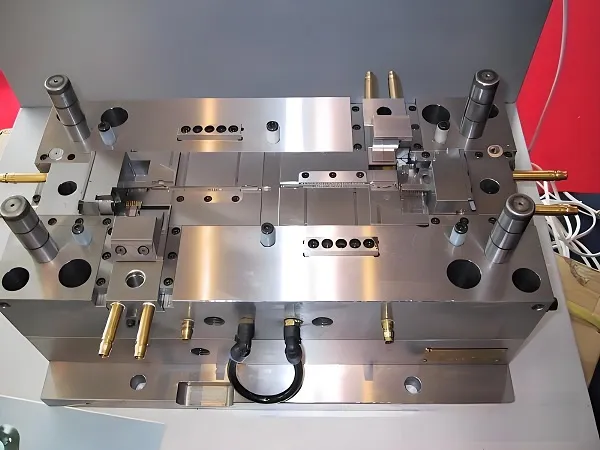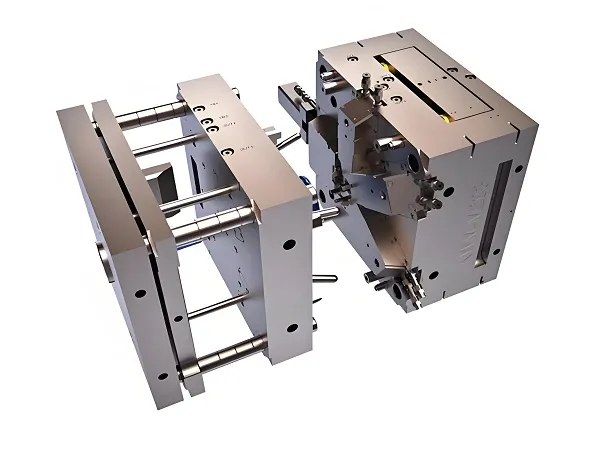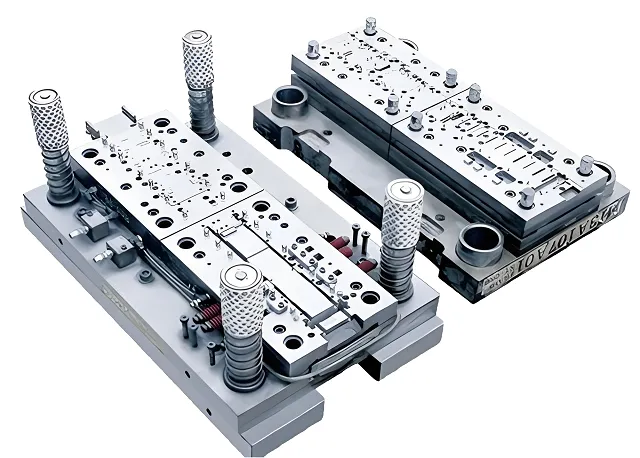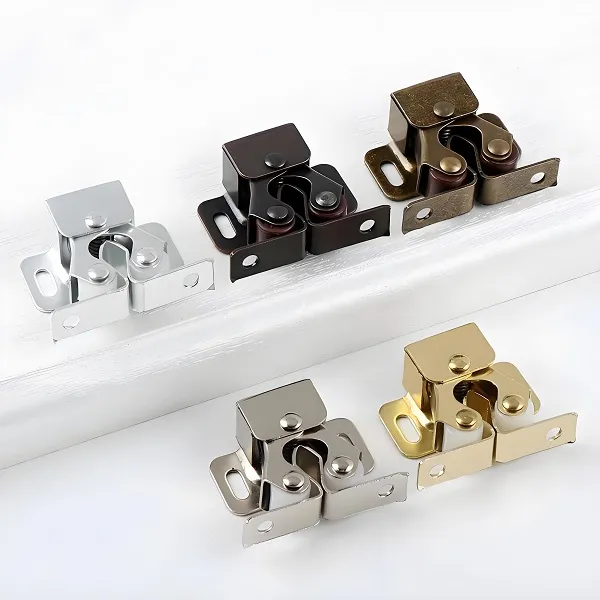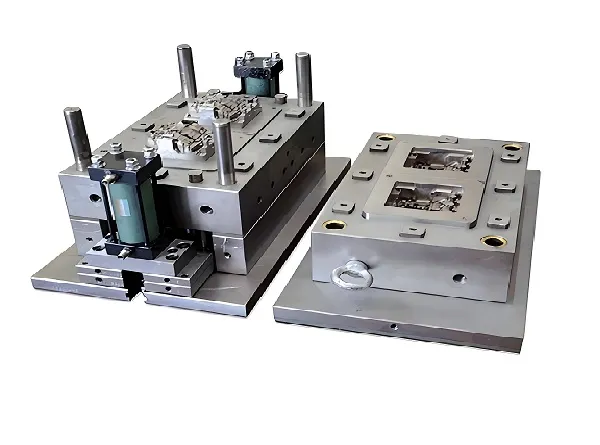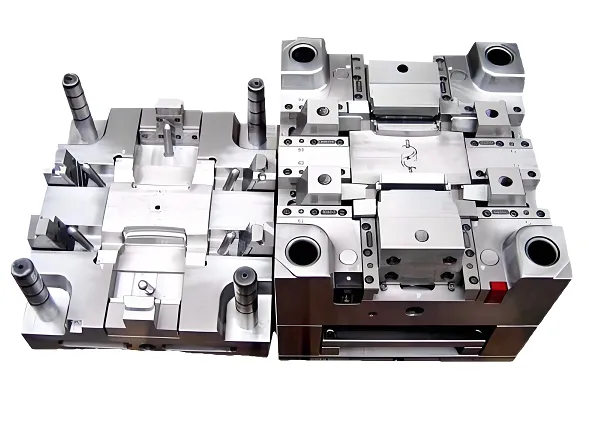Introduction
Precision metal stamping is a crucial technological process in the manufacturing industry. It involves placing metal sheets in a die and applying pressure to cause plastic deformation, thereby precisely shaping them into the desired parts. With its high precision, high efficiency, and wide range of applications, this technology plays an irreplaceable role in various fields such as automotive, electronics, and medical devices. This article will delve deep into the technical details, advantages, challenges, and future development trends of precision metal stamping, offering a feast of in – depth analysis for professionals.
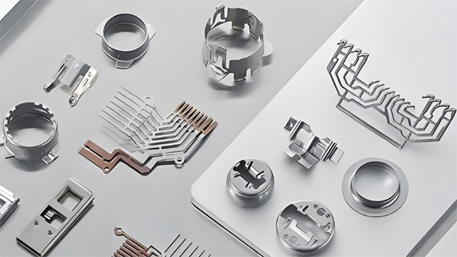
Core Technologies of Precision Metal Stamping
Die Design and Manufacturing
The die is the heart of precision metal stamping. A high – quality die can ensure the high precision and consistency of parts. Die design needs to consider multiple factors such as the characteristics of the metal material, stress distribution during stamping, die life, and production efficiency. Meanwhile, the die manufacturing process is also of great significance. High – precision processing equipment and techniques are required to ensure the die’s precision and surface quality.
Material Selection and Treatment
Precision metal stamping has extremely high requirements for materials. The material not only needs to have good plastic deformation ability but also sufficient strength and toughness. Common metal materials include stainless steel, aluminum alloy, copper alloy, etc. Before stamping, the material usually undergoes pre – treatment processes such as annealing and surface treatment to improve its stamping performance and surface quality.
Stamping Process Control
The control of the stamping process is the key to the success of precision metal stamping. This includes setting and adjusting parameters such as stamping speed, pressure, and die clearance. Reasonable process parameters can ensure high – precision parts with good surface quality while reducing die wear and production costs.
Advantages of Precision Metal Stamping
High Precision and Consistency
Precision metal stamping can achieve extremely high part precision and consistency. This benefits from precise die design and manufacturing processes, as well as strict control of the stamping process. High precision and consistency enable precision metal – stamped parts to perform well during assembly and use.
High Efficiency and Low Cost
Compared with traditional metal processing methods, precision metal stamping has higher production efficiency and lower costs. This is mainly due to the automation and continuity of the stamping process, as well as the reusability of the die. High efficiency and low cost give precision metal stamping significant advantages in mass production.
Wide Range of Applications
Precision metal stamping is applicable to various metal materials and part shapes. Whether it is a simple flat part or a complex three – dimensional part, it can be achieved through precision metal stamping. This makes precision metal stamping widely used in multiple fields.
Challenges Faced by Precision Metal Stamping
Die Life and Maintenance
Die life is a major challenge faced by precision metal stamping. During use, the die will be subject to wear and impact, resulting in a decline in its precision and surface quality. Therefore, the die needs to be regularly inspected and maintained, and severely worn die components need to be replaced in a timely manner.
Material Properties and Formability
The properties and formability of metal materials have a great impact on the effect of precision metal stamping. Some metal materials are prone to defects such as cracks and wrinkles during stamping, affecting the quality of parts. Therefore, it is necessary to select appropriate metal materials and improve their formability through pre – treatment processes.
Process Parameter Optimization
The setting and adjustment of stamping process parameters are crucial to the effect of precision metal stamping. Unreasonable process parameters can lead to problems such as reduced part precision and poor surface quality. Therefore, it is necessary to determine the optimal process parameters through experiments and optimization.
Future Development Trends of Precision Metal Stamping
Digitalization and Intelligence
With the development of digital and intelligent technologies, precision metal stamping will achieve more intelligent production and management. By integrating Internet of Things, big data, and artificial intelligence technologies, the operating status of the production line and part quality can be monitored in real – time, enabling intelligent control and optimization of the production process.
New Materials and New Processes
The development of new materials and new processes will bring more possibilities to precision metal stamping. For example, the application of new metal materials such as high – strength steel and titanium alloy will pose new challenges to die design and stamping processes. At the same time, new technologies such as laser cutting and 3D printing will also provide new processing means and methods for precision metal stamping.
Environmental Protection and Sustainable Development
Environmental protection and sustainable development have become the focus of global attention. In the field of precision metal stamping, it is necessary to adopt environmentally friendly materials and processes, optimize energy use, and reduce waste generation to achieve green production. This will help promote the sustainable development of precision metal stamping technology.
Q&A on Precision Metal Stamping – related Technologies
Question: How to improve the precision of precision metal – stamped parts?
Answer: To improve the precision of precision metal – stamped parts, efforts need to be made in multiple aspects. First, ensure the high precision and good surface quality of the die, which can be achieved through precise die design and manufacturing processes. Second, strictly control the process parameters during stamping, such as stamping speed, pressure, and die clearance, to ensure that the parts do not deform or get damaged during stamping. Finally, regularly maintain and calibrate the stamping equipment to ensure its stability and accuracy.
Question: How to avoid cracks in parts during precision metal stamping?
Answer: To avoid cracks in precision metal – stamped parts, start from three aspects: material selection, die design, and stamping process. First, choose metal materials with good plasticity and toughness and avoid using materials prone to cracking. Second, when designing the die, consider the fluidity and formability of the metal material to ensure that the die can smoothly guide the metal material to form. Finally, during the stamping process, strictly control process parameters such as stamping speed, pressure, and die clearance to avoid excessive stress or deformation on the metal material.
Question: How to extend the life of precision metal stamping dies?
Answer: To extend the life of precision metal stamping dies, start from three aspects: die material, design, and maintenance. First, choose die materials with high hardness and wear resistance to improve the die’s wear – resistance. Second, when designing the die, consider the stress conditions and wear parts of the die, and adopt reasonable structural designs and surface treatment processes to reduce wear. Finally, regularly inspect and maintain the die, and replace severely worn die components in a timely manner to ensure the die’s precision and surface quality.
In conclusion, as an important technological process, precision metal stamping plays an irreplaceable role in modern manufacturing. Through continuous exploration and innovation, we will continue to promote the development and application of this technology, contributing more to the upgrading and transformation of the manufacturing industry.

